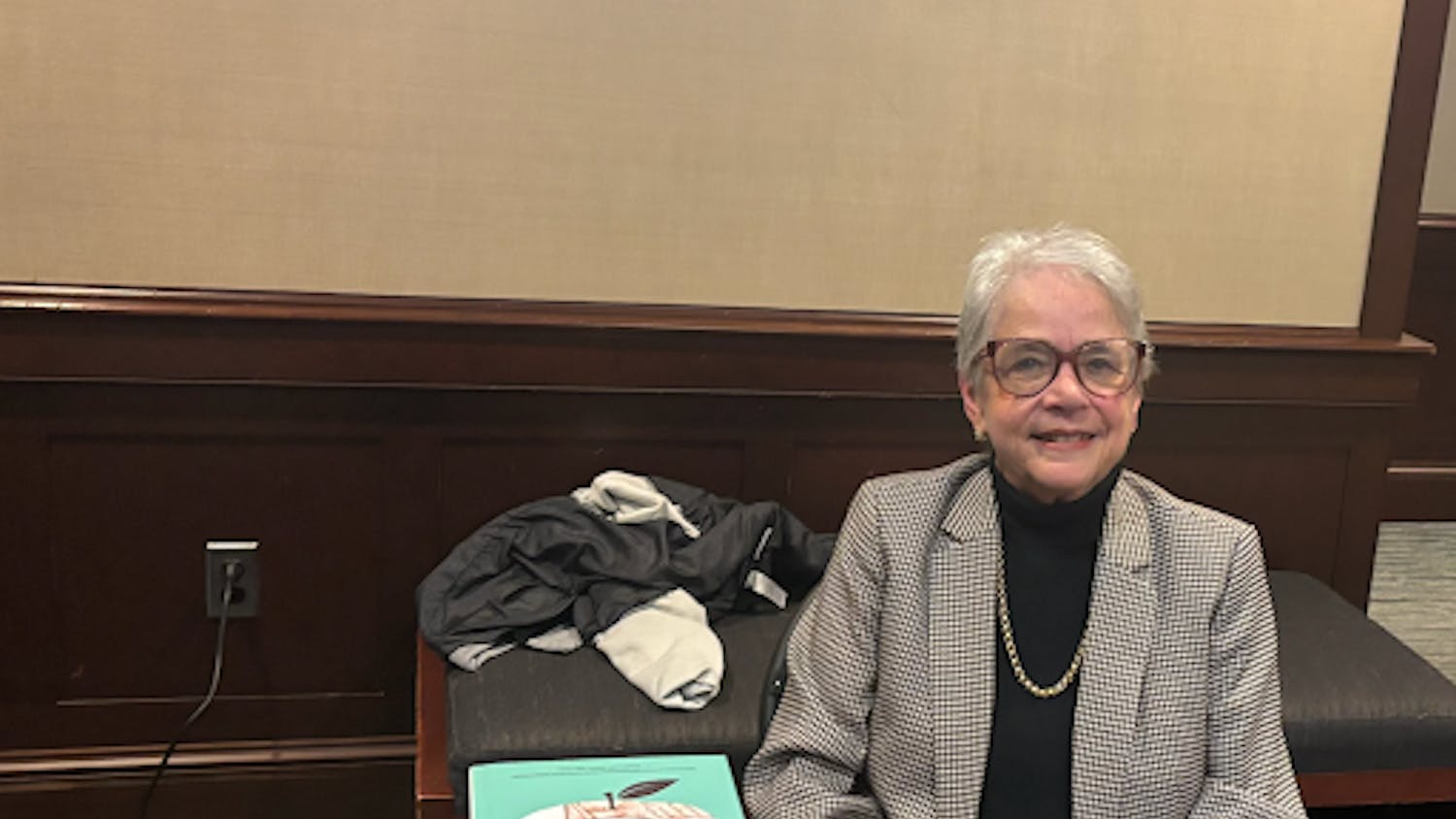The recent news of gang-related shootings just blocks away from campus has given new visibility to a problem that rarely draws public attention and discussion. Our local problems are a reflection of a national crisis highlighted by President Bush in this year's State of the Union address.
Now that the problem of gang violence has surfaced, my hope is that our campus community will give broad and focused attention to the ways in which we can help address it at its root.
According to Iowa College of Law professor Adrien Wing, gangs emerged as a social force in the mid-19th century, as a by-product of growing industrialization and urbanization.
Displaced agricultural workers, jobless immigrants and others unable to gain a foothold in the burgeoning industrial economy banded together for protection or to make money by whatever means were available.
The gangs they created were either "instrumental," "cultural" or a combination of the two - in other words, they were established around a specific purpose, such as bootlegging or prostitution, or they were mutual protection societies based on ethnicity or nationality. Of course, Wing added, some gangs such as the Cosa Nostra, Junior Black Mafia or the Latin Kings are both instrumental and cultural.
According to recent reports and conversations I've had with community workers, New Jersey is home to a range of gangs, ranging from sets of well-known groups such as the Bloods, Crips and Latin Kings to lesser known groups such as the MS-13 and the Grimy Girls.
Then as now, many of the people who joined gangs were young people from troubled homes in search of a sense of safety, identity and economic opportunity that they felt they could not obtain legally.
Media images that glamorize the thug life also help seduce vulnerable young people, following in the tradition of the gangster movies of the thirties or pulp novels from an earlier time.
The faculty and staff members on our campus who work with school districts in our region, as well as those involved in public safety issues, know the problems well. Here are just a few examples:
* Deborah Thompson, associate professor of early childhood and early education, is quick to note the high rates of illiteracy among gang members.
* Gregory Seaton, assistant professor of educational administration and secondary education, argues that gang violence is often a "hypermasculine" response to the fear of violence. Social psychologists define hypermasculinity as a stance that emphasizes aggressiveness and a pose of invulnerability.
* Staff members of Collegebound, our uniquely successful academic enrichment and mentoring program for high-schoolers from underserved New Jersey school districts, have become skilled at providing students with safe spaces, practical tools and role models with which to develop their intellectual potential.
One point on which campus experts agree is that anti-gang efforts must be culturally responsive if they are to be effective - in other words, they must be rooted in an understanding of the gifts and challenges of the cultures from which young people spring.
For example, LaVonne Neal, associate professor of education at Southwestern University who is an emerging national expert on culturally responsive teaching methods, has done research demonstrating that teachers are prone to misperceiving culturally-based behavior such as the stylized walk created by African American males - "the stroll" - as indicating aggressiveness, lack of intelligence or behavioral or emotional disturbance.
During her recent two-week visit to our campus, Neal presented examples of culturally responsive curricula that have been proven effective in helping young people succeed in school - reducing the likelihood that they will feel compelled to turn to the streets for validation.
I grew up around gangs in the 1960s and '70s in Camden and Philadelphia. It infuriates and terrifies me that all these years later, our children and our communities are still not safe.
We pay a terrible price for treating this problem as a kind of ghetto pathology amenable only to law enforcement tactics. We all participate in the social system that leads some young people to believe that violence is their only means of survival, and we should all be involved in turning that system around.
Kim Pearson is an assistant professor of English at the College, where she teaches writing for journalism and interactive multimedia majors. She has a B.A. from Princeton University and an M.A. in journalism from New York University.






